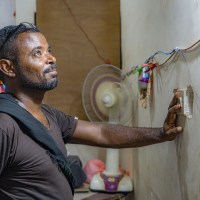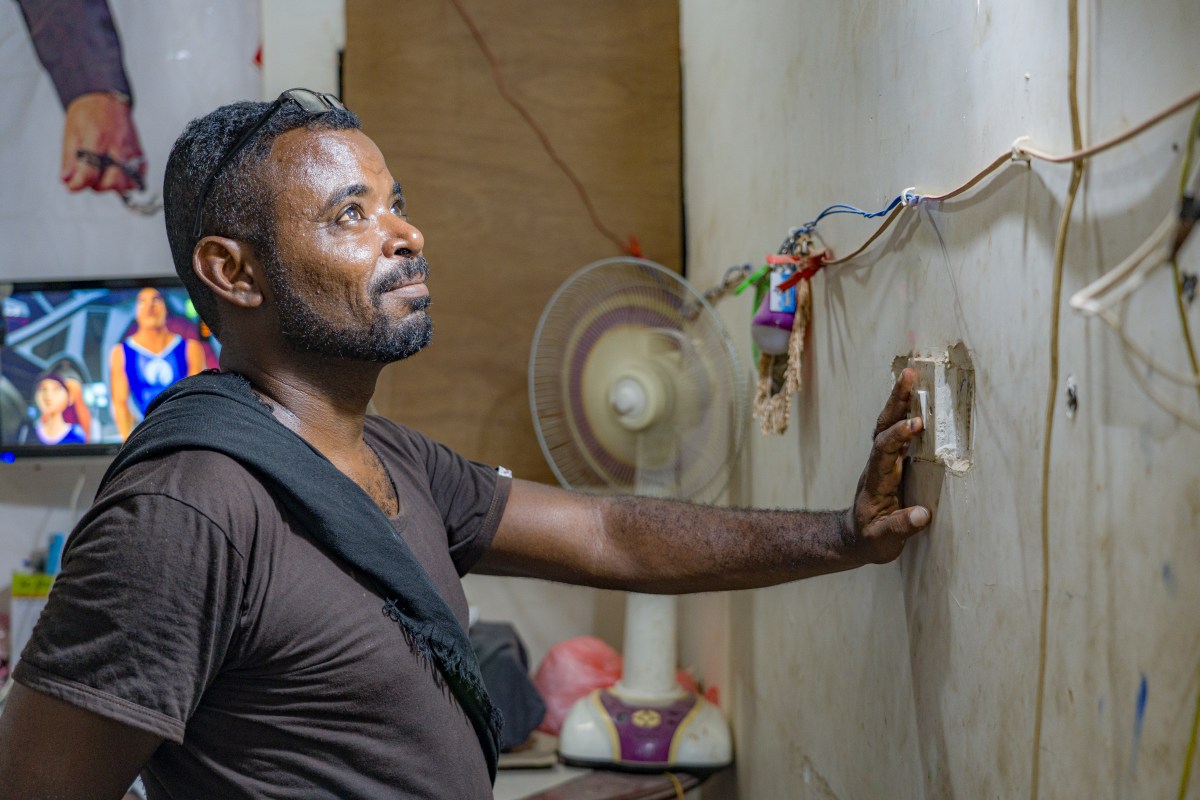Ali* looks out his little house window, wondering when his children will return. He doesn’t blame them for going outside, where at least they might catch a stray breeze. Without electricity, the fans sit useless while the house gets hot. When the electric power is out, his kids can’t watch TV or play with their father’s phone because Ali needs to conserve the battery. Ditto for the rechargeable lights inside the house.
Ali lives in one of the neighborhoods mushrooming on the outskirts of Aden, a city in southern Yemen. Despite almost nine years of civil war, neighborhoods like Ali’s where many Muhamasheen live, continue to grow. The Muhamashhen are a socially marginalized group, discriminated against because their skin is darker than most Yemeni people, some of whom do not see the Muhamasheen as “true Yemenis.” Sometimes, the local authorities do not consider them part of the local population that needs to be served.
In more established Yemeni neighborhoods, people receive electric power through a main cable that the government provides. In neighborhoods that grew very quickly, the local authorities didn’t have a chance to install the electric cable infrastructure needed to power the new homes. People needed to improvise. They connected smaller cables to tap into the major lines in other neighborhoods to siphon off electricity. These smaller connections short-circuited the electrical system, frying some people’s electronics and appliances and causing blackouts. Eventually, conflicts arose between those living in homes connected to the main power cable and those who were not.
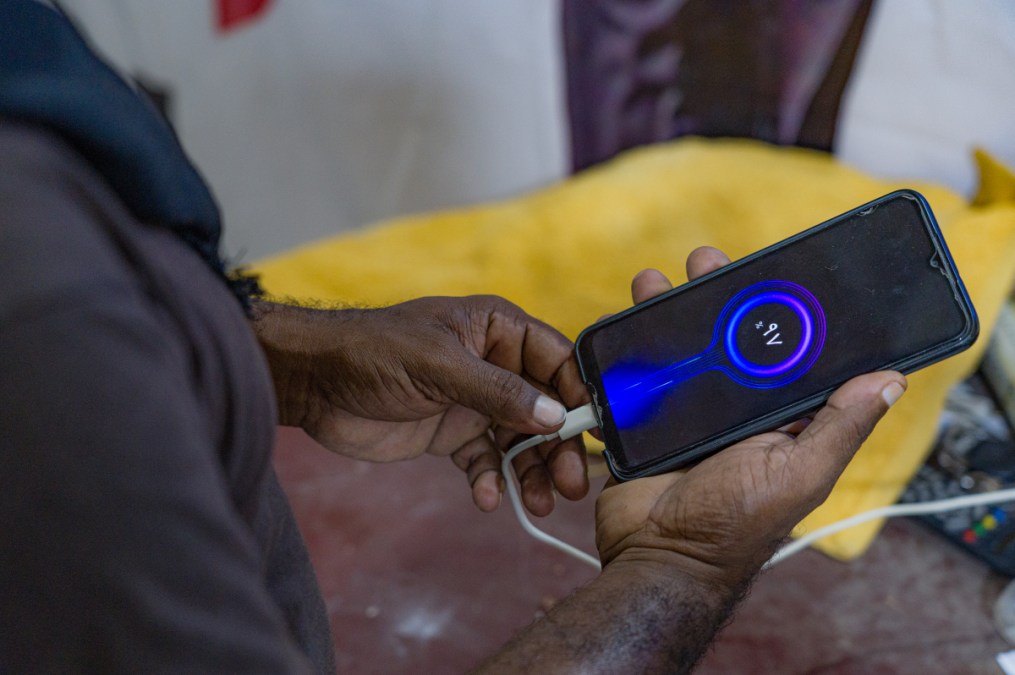
At its core, Search for Common Ground builds peace by changing relationships. If our mission were to provide development aid, the solution would be to install an electrical cable so newer communities could safely connect to a power source, but that wouldn’t heal the relationship between these communities. Hard feelings over past transgressions would probably linger, ready to ignite with the next flare of tension.
That’s why all our work begins with the Common Ground Approach. In this community, we invited the insider mediators, the community leaders who have leverage in their neighborhoods, from each of the communities in conflict and the local authorities to talk to us and help us better understand the context. In this way, the insider mediators also began to understand one another better.
In the Common Ground Approach, people identify the main issue causing conflict and agree on a solution they all want to achieve. Through trust and collaboration, they work together to realize it. The solution has built-in sustainability because everyone wants the solution to hold because everybody benefits from it. In this situation, the driver of conflict was obvious: not everyone had access to electricity. Thanks to our donors, we were able to install the electric cable infrastructure needed to link the neighborhoods without power to the main power line safely and responsibly. In addition to the main cable line, we added transformers to allow the community to regulate the flow of electricity. But installing the electrical infrastructure was the icing on the peacebuilding cake.
Before we installed the main cable and transformers, we held conflict transformation training sessions with the insider mediators to rebuild relationships between the two communities. We included the local authorities to convince them that adding electrical infrastructure was possible. The insider mediators persuaded their communities to disconnect their irregular wiring to not further damage the local electric power lines. Making the communities responsible for the infrastructure upkeep motivated people to change their behavior and not connect irregularly to the power grid again. Sharing the responsibility for the upkeep of the electricity infrastructure deepened people’s connection to their community and one another, reminding them that they belonged to something bigger than their own interests.
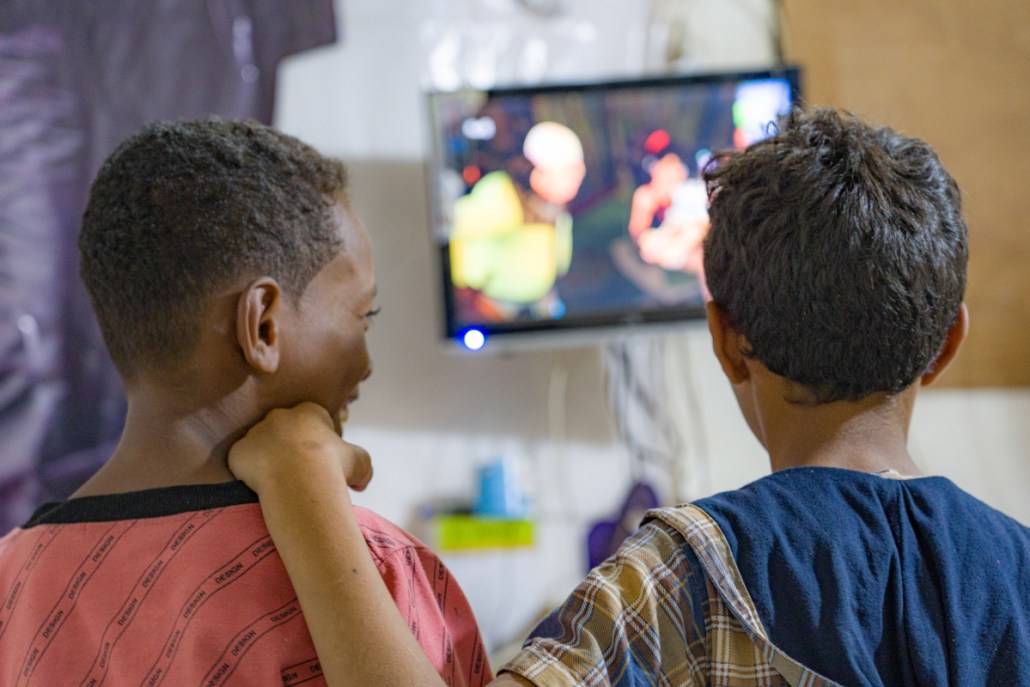
Before our infrastructure improvements, electricity access was inconsistent. On good days in the winter people might have up to ten hours of electricity, but in the heat of the summer, this decreases to a maximum of six to eight hours. These brief periods of electricity allow people to pump water into their homes, charge their phones and light batteries, and enjoy a few hours of decent living. They can watch TV for a few hours or wash their clothes in a washing machine for those fortunate enough to have one. By installing a main cable and encouraging people to give up irregular wiring, the electrical system does not short circuit, damaging the precious electronics and electrical appliances community members have. This translates into fewer conflicts between those who have electricity and those who don’t.
People felt the impact immediately because electricity improved their quality of life. Now, there are fans to keep their homes cool in Yemen’s punishing summers. Kids are off the streets and at home more often, where they can play, or study during the school year. Those who have ice boxes can store more food for longer.
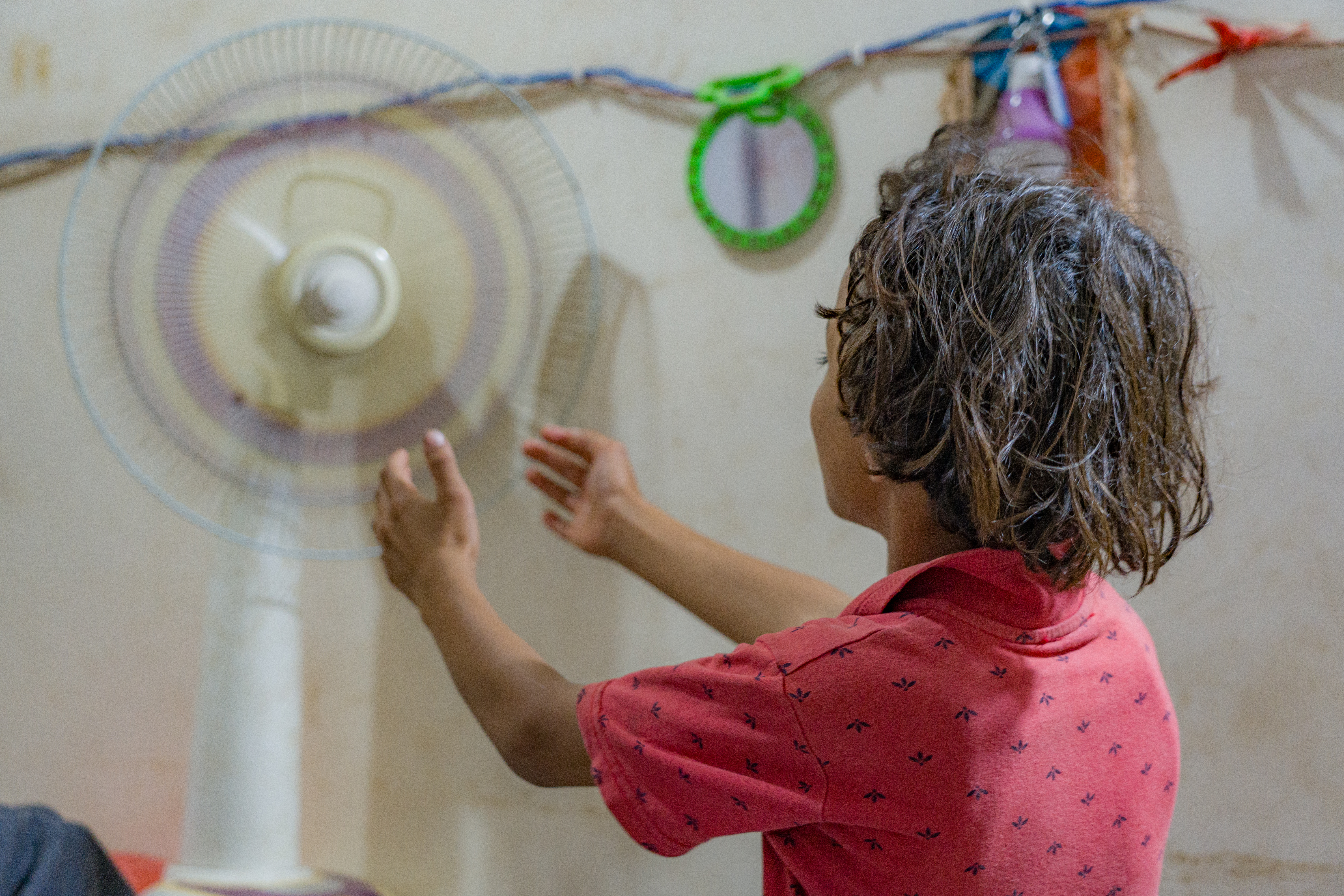
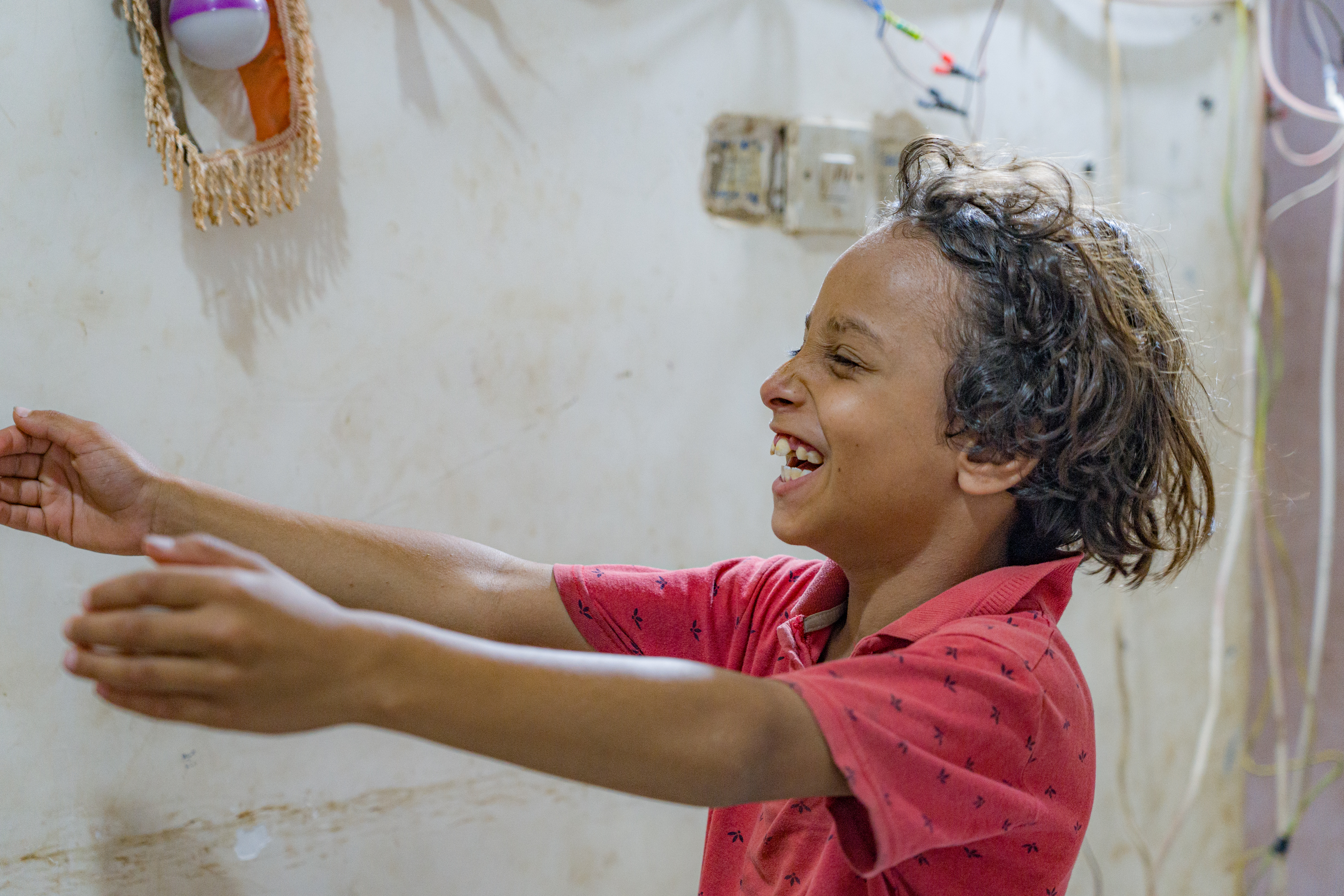
Better yet, these two communities are no longer in conflict. If another dispute arises, the insider mediators have the skills to diffuse conflict before it escalates. The development component implemented in this project–reliable access to electricity–has a better chance of lasting because community members have formed relationships with one another that are not easily discarded.
Peace moves at the speed of trust but is sustained on a foundation of strong relationships built on trust, collaboration, and common ground.
*Not his real name.

